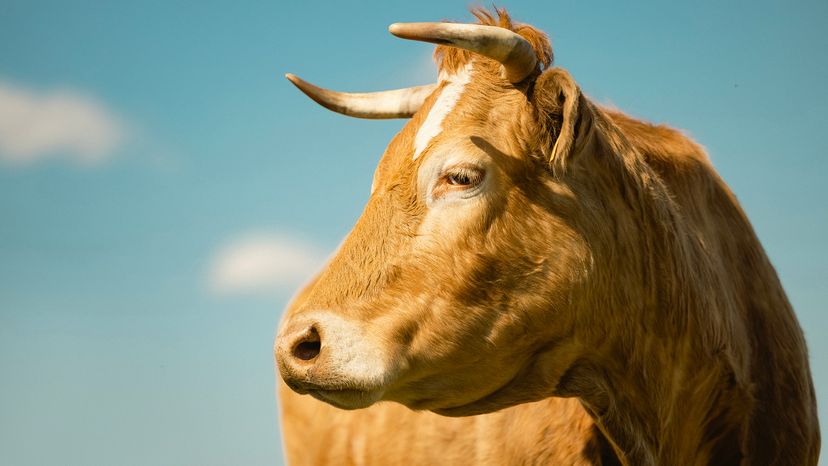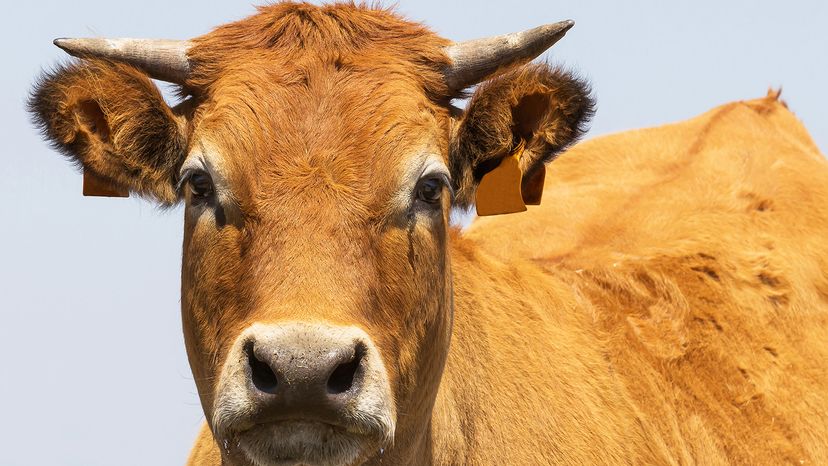
If you've ever stood on a farm and wondered about the ox vs. bull debate, you're not alone. These two male bovine animals might look similar, but there's a key difference that sets them apart.
While both come from the same species, Bos taurus, their roles in agriculture and daily life are quite distinct. Let’s break it down in terms of animal science, dairy farming and beef production.
Advertisement

